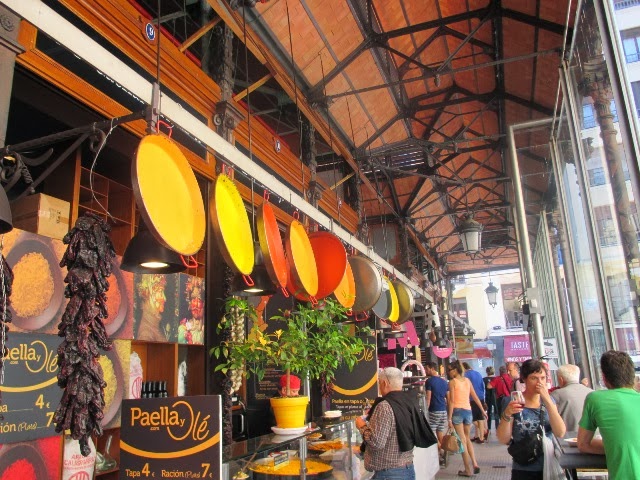Las Siete Sillas ( the seven seats), are situated in the gardens in front of the library by the river in Merida.
These massive granite towers are furnished with giant bronze tomes and sheaves of bronze documents, heavy reads indeed!
The monolithic sculptures are by Ruffino Mesa, a sculptor, artist and writer born in Badajoz in 1948 http://www.lacomella.org/es/escultura/escultura for more information on his marvellous works.
The inspirtion for Las siete sillas was from the legend of the seven seats at the Roman theatre in the ancient city of Merida. The theatre was left abandoned after the Christian powers overcame the Roman administration in about 400 AD. The pagan Roman ways were swept away and theatre performances were considered a danger to the new morals. Over the centuries the theatre construction was buried by earth and much of the stone looted for new construction but seven rocks remained above the ruins, named the seven seats and according to legend where the Moorish conquerers sat to discuss the future of the city at the end of the 9th century.
The sculptures were started in 1990 and erected in 2000, in the video it is clear that the now pleasant and extensive green gardens by the river were a barren waste in 2000. Thanks to progressive town planning several urban projects were began 15 years ago including much tree planting and some iconic buildings and structures by prestigious Spanish architects, the span of Calatrava's signature bridge can be seen in the background .http://en.wikipedia.org/wiki/Santiago_Calatrava
A walk along the river is really interesting, park on the west side of the river in new Merida and walk over the 2000 year old Roman bridge into the old town passing by the Alcazaba.
A walk along the river is really interesting, park on the west side of the river in new Merida and walk over the 2000 year old Roman bridge into the old town passing by the Alcazaba.




















